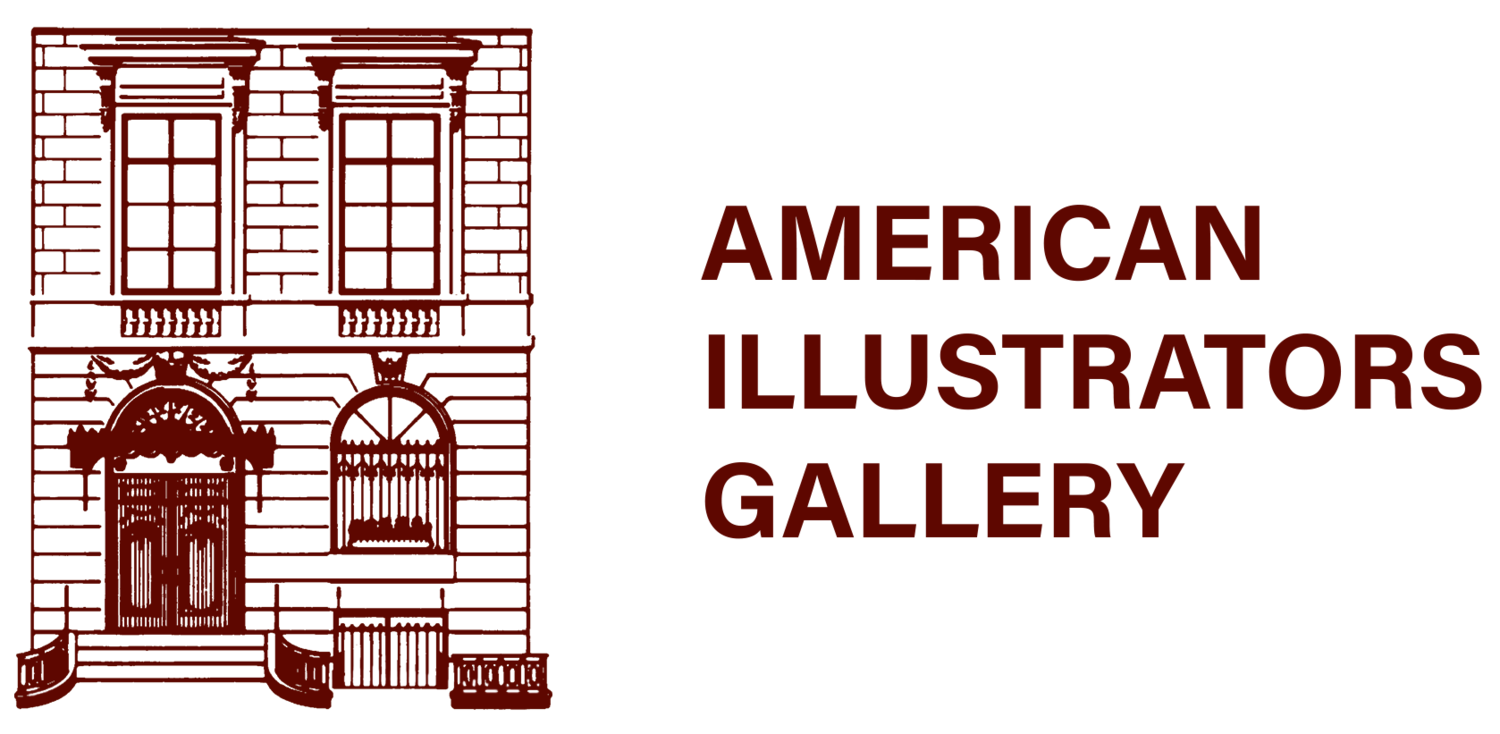

Great American Imagists
Christy, Leyendecker, Parrish, Pyle, Rockwell, Wyeth
American Imagists is a name which defines those artist-illustrators who created the greatest iconic art during the Golden Age of American Illustration. There was a time in American history when everything was less complicated, straightforward and more understandable. Life was understood through printed illustrations in books and periodicals. A magazine was even named Life, for it portrayed the nature of the times through simple illustrations. It was the time of The Golden Age of American Illustration and it lasted until the mid-1960’s, when technology and other factors changed the nature of visual communications. These times were immensely creative and optimistic. Magazines, books, and newspapers flourished while documenting the exploits of the robber barons, and a young nation striving to find its identity. It was the illustrator’s job to depict all of this, and they did; defining the American Dream, the American spirit, and American culture in the process.
The most noted artist-illustrators of this period knew each other as colleagues, classmates, or lived and worked nearby each other in the Brandywine, New England, or New York City. They sustained one another, sharing clients and models. They were united with a common purpose: to portray a nation visually, and quickly, to meet its ever rising demands.
American Illustration art manifests how we view ourselves as a civilization. This storytelling art form provides clarity as it illuminates the messages it carries. American Illustration is the most American of American Art.
The Great American Imagists features Norman Rockwell, Maxfield Parrish, J.C. Leyendecker, N.C. Wyeth and others. The exhibition includes milestone illustrations such as Norman Rockwell’s, Miss Liberty, considered America’s first woman’s liberation image; J.C. Leyendecker’s, Bellhop with Hyacinths, credited with initiating the gift of flowers on Mother’s Day; and Maxfield Parrish’s, Morning.











